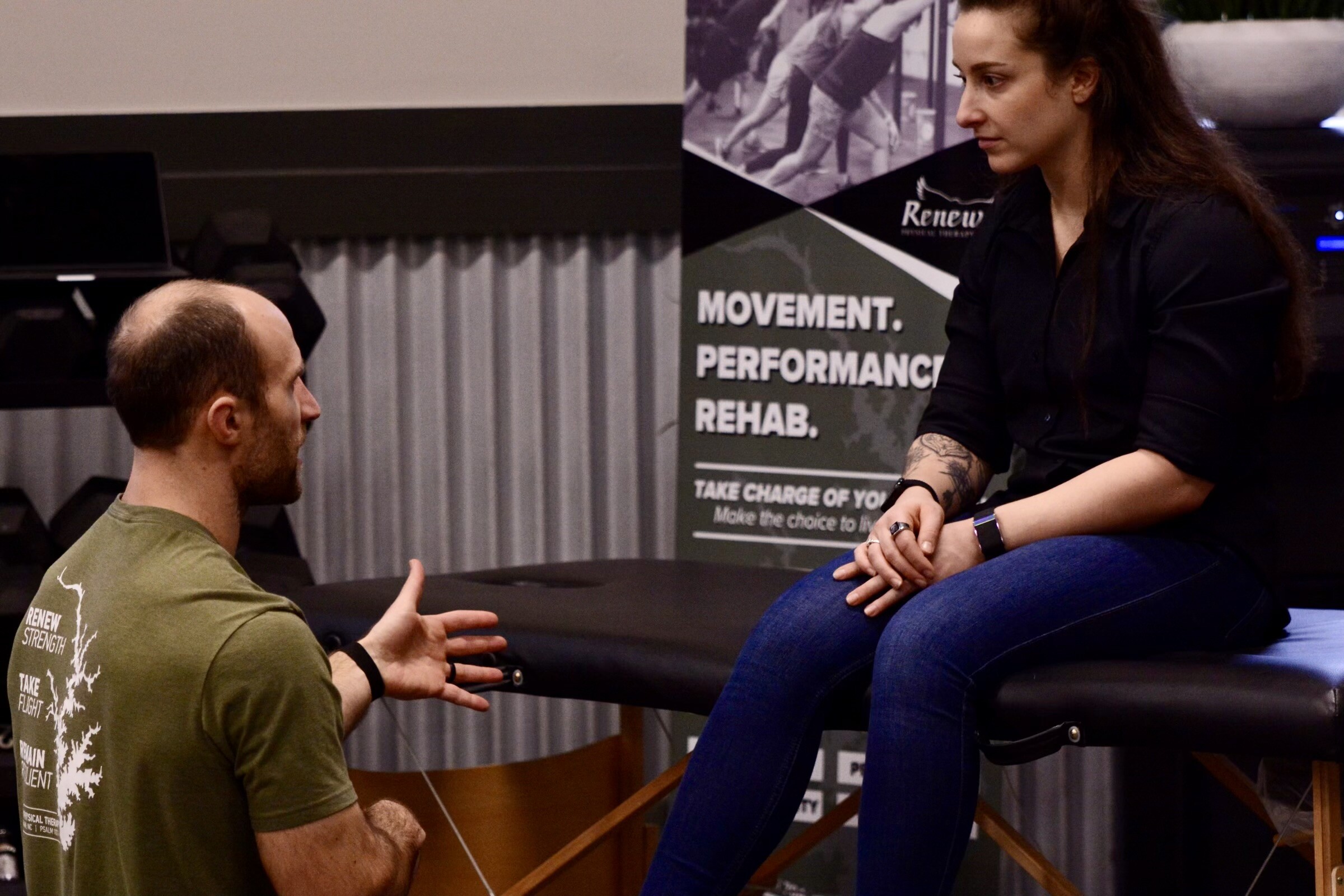Training Theory Part 1: “I have these lighter plates on the side just in case”
Eliminate the “Plan B”. Instead, plan for success and learn from the mistakes.
Plan for success: 3x Fittest CrossFit Masters Athlete, Jason Grubb, “I should have practiced my burpee box get overs a little more before I started my workout. I just thought I would figure it out as I went. And that never works when you’re short on oxygen.” (He lost to the 2x Fittest Teen in this workout, because he didn’t make a good plan A).
Let’s get rid of the questionable backup plan. Instead, hit one out of the park! Pick the load you know you can dominate. Pick the load that you can move like a pro. Pretend the plates are invisible! Never ever be afraid to scale load. It is the training secret that nobody talks about. It’s tempting to grab for the heavy plates but it is a dead end if you fail reps and your form is compromised. This is how you trust the process. In time you’ll reap a harvest. Choosing to move well is an investment.
By backup plan, I am not referring to changing the intensity, work time, and rest time mid workout. These variables can change while you work as you observe how the workout affects you. It is ideal to adapt to the demands of the workout in real time. It is an excellent skill set. It means that you are in tune with your work capacity. Conversely, altering the workout itself, because you didn’t plan modestly, stalls your progress physically and mentally. It is a dead end strategy.
The backup plan I am referring to is when you change the workout itself. When you change the weight, rep scheme, or time domain mid workout, you manipulate the objectives. Instead of rising to meet the challenge and applying yourself to a measurable standard, you end up manipulating the standard and are left without a gauge. Instead of fitting the workout to you, fit yourself to the workout. If you are like me, the first thing that needs to be fitted to the workout is my ego. Workout adjustments are done before the timer starts and personal adjustments can be done after the timer starts.
You do NOT know your own capacity. In the heat and grind of the workout, when things start getting tough, that backup plan gets chosen. When you switch to that backup plan you rob yourself that perhaps you would have made it. So much is gained in those moments when you are uncomfortable and don’t want to go on. It can be overwhelming. It feels like the end is nowhere in sight.
This concept of eliminating the backup plan creates success out of every workout. When you switch plans, you inevitably feel disappointment. Having to settle for a less than complete workout is demoralizing. Do you often strip weight off the bar, cut the number of rounds, or shorten the length/distance? You get the point. We've all done it before. It leaves you feeling defeated. Too many of those stack up and you may just find yourself skipping workouts altogether.
If you go to your plan B, it makes it difficult to learn from your mistakes. Next time you do a similar workout you aren’t sure where you left off. You don’t know if you should start where you ended up last time or if you are fitter and maybe even smarter and expect to now to do better or are you somewhere in between? You will always be left with the question, was it my fitness or my mental toughness that made me go to plan B. The answer is, we don’t know. You have learned nothing except what it feels like to mess up. On the other hand, if you don’t go to the backup plan, what happens after is beneficial…
-
Hit the workout perfectly and are pumped you can increase the difficulty next time.
-
Underestimate the intended stimulus but because you grinded though you have a sense of accomplishment on doing something you didn’t know you could and also succeed in removing ambiguity in what should be done next time. Don’t bite off more than you can chew
Over time, you will gain a better understanding of your abilities. and a better framework to overcome mistakes. Ultimately my goal is to help the patient, client or athlete working with me achieve their maximum potential. People come away from experiences with disappointment when they drastically misjudge their ability. They may have set lofty goals or even underestimated themselves. The outcomes aren’t predictable but we always admire the athlete/performer who prepared and executed well. You will hear them say “It wasn’t the outcome I wanted but I gave it my all, and I can’t wait to be back next year!” This athlete knew their body well enough to play it safe when they were unsure and to push when the target was coming into sight. know exactly when to keep reserves and when to push. They leave it on the floor and are satisfied with their performance. A good coach, trainer and/or therapist helps the individual come back stronger next time.
How is it that you can push yourself to your limit safely? Well, that is what we address with the next topic.





